
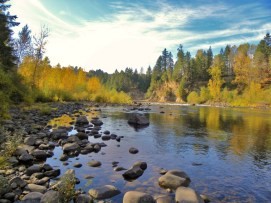
B & R Camper Sales Blog
- Published on May 25, 2018
 0
0  0
0 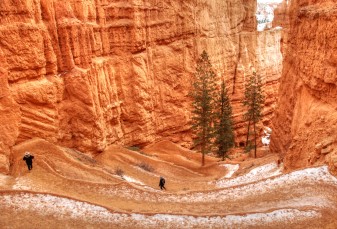
As an RVer you are going to travel to some incredible landscapes. Some of the world’s greatest natural gems are only accessible once you park the RV and head out hiking! A common misconception about hiking, is that it’s just walking through nature. Don’t get me wrong, it can be; but more often it puts you in positions where you have to be aware and have a basic knowledge of the outdoors or it can turn ugly very quickly.
Hikers have to have knowledge concerning survival and geography, while also being in physical shape to endure hours of activity. Now the great thing about hiking is that it’s an activity that most people can do and its virtually free. It provides an easy way for people to connect with their surroundings while giving them a good workout. So if you’re ready to conquer your next hike like a pro you’ve come to the right place.
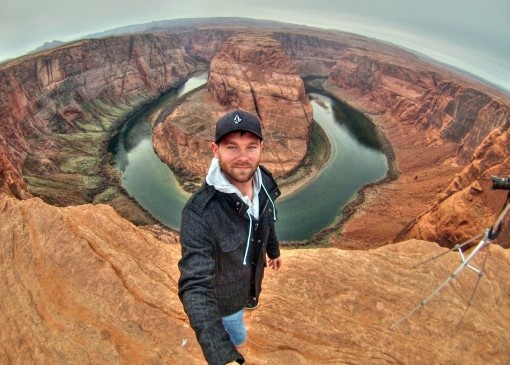
Know the Basics
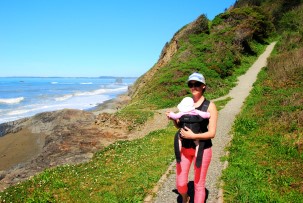 When you understand your physiological mechanics (basically your muscle movements), in hiking you can conserve energy and make your trips much more efficient. Basic knowledge of your muscles mixed with a little common sense can save you a world of hurt, trust me. Whether it’s a 3 mile hike or a 20 mile trek being conscious of these tips can save you a lot of wasted energy. As the saying goes, “worker smarter, not harder”!
When you understand your physiological mechanics (basically your muscle movements), in hiking you can conserve energy and make your trips much more efficient. Basic knowledge of your muscles mixed with a little common sense can save you a world of hurt, trust me. Whether it’s a 3 mile hike or a 20 mile trek being conscious of these tips can save you a lot of wasted energy. As the saying goes, “worker smarter, not harder”!- Shorten your strides. When you encounter a big hill it may be tempting to just get it over quickly by taking large steps up, however this can actually do some damage. If your strides are too large going up an incline you may put a strain on your inner hip muscles. Conversely, you also want to shorten your strides on declines. Keep steady on the trail to avoid tripping and tumbling down. Walking at an angle, with your toes pointed to the side of the trail can also give you some balance going down hills.
- Get a good hiking pair of shoes. Those Vans may look cool, but your feet won’t look so cool after a long day of hiking in those guys. A good pair of hiking shoes is definitely an investment you won’t regret. Remember to lace them up real tight to avoid any of those pesky blisters and make sure the size is correct, each brand may vary in size.
Use a hiking stick or trekking pole. This will lighten the impact on your knees and will even give you additional balance.
Build a Hiking Body
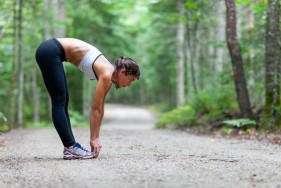 It can be easy to think of hiking as a low stress exercise, and it can be depending on the trails. However, it’s always better to come prepared, and that means preparing your body. Keep your body flexible and limber with stretches in order to prevent any injury. Other exercises that build up your cardio are also great when it comes to building endurance. There’s nothing worse than wanting to go on an incredibly scenic hike and having your body let you down because you ran out of gas!
It can be easy to think of hiking as a low stress exercise, and it can be depending on the trails. However, it’s always better to come prepared, and that means preparing your body. Keep your body flexible and limber with stretches in order to prevent any injury. Other exercises that build up your cardio are also great when it comes to building endurance. There’s nothing worse than wanting to go on an incredibly scenic hike and having your body let you down because you ran out of gas!“Boy Scout” Knowledge

Better hikers always have a better set of survival skills and knowledge at hand. Here is some good old basic “Boy Scout” smarts you should know before you hit the trail.
- how to start a fire
- mapping out routes
- basic climbing techniques
- using a compass
- know yours and your environments limits
Gear
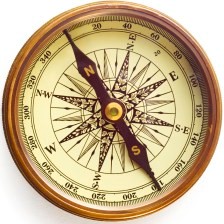
Another step to take before you head out is to make a checklist of all the gear you may need on this trip. You don’t want to over pack, because this will just make you unnecessarily tired, but you also want to be prepared. It’s a fine line that good hikers know how to balance on. You’ll want to create your own checklist but a/t few items you will want to pack may include…
- proper footwear, hat, gloves, extra socks, sunglasses
- water, energy bars
- first aid kit
- GPS, maps, compass
- bug spray, sunscreen
- light source, camera, knife, stove, pots or pans
Safety
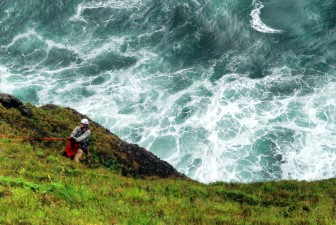 No one plans on getting lost or hurt, but it happens. Make sure to take a few precautions to ensure your safety out on the trail. For example, tell someone where you are going! Give them the location info and the time you expect to be back. There’s not always signal in these areas so if for any reason you’re not back by the time you said they know something is up. You’ll thank yourself later when you’ve lost your way back and you know have a team looking for you when you otherwise wouldn’t. Also if you make a plan, stick with it. Sometimes being spontaneous is just too much fun and can lead to incredible things, but make sure you don’t go overboard. The more you deviate from your original plan the more likely something will go wrong.
No one plans on getting lost or hurt, but it happens. Make sure to take a few precautions to ensure your safety out on the trail. For example, tell someone where you are going! Give them the location info and the time you expect to be back. There’s not always signal in these areas so if for any reason you’re not back by the time you said they know something is up. You’ll thank yourself later when you’ve lost your way back and you know have a team looking for you when you otherwise wouldn’t. Also if you make a plan, stick with it. Sometimes being spontaneous is just too much fun and can lead to incredible things, but make sure you don’t go overboard. The more you deviate from your original plan the more likely something will go wrong.Recover
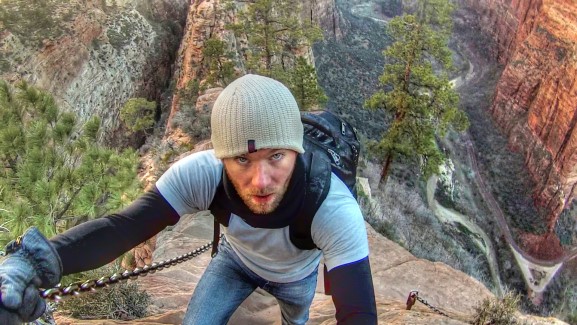 Whew! You’ve gotten back from the MOST incredible hike with the most stunning views you’ve ever seen. And while you take a moment to pause your reminiscing you realize just how sore and achy your whole body is. Worth it, but you’ve got to let your body recuperate. Hydrate yourself and stretch yourself out to release the lactic acid build up in your muscles. Keep your body moving and refrain from staying in bed all day. This will help keep your muscles loose so you don’t feel as sore.
Whew! You’ve gotten back from the MOST incredible hike with the most stunning views you’ve ever seen. And while you take a moment to pause your reminiscing you realize just how sore and achy your whole body is. Worth it, but you’ve got to let your body recuperate. Hydrate yourself and stretch yourself out to release the lactic acid build up in your muscles. Keep your body moving and refrain from staying in bed all day. This will help keep your muscles loose so you don’t feel as sore.So know that you know all the quick tips, go out and RV to your next adventure and hike like a pro!
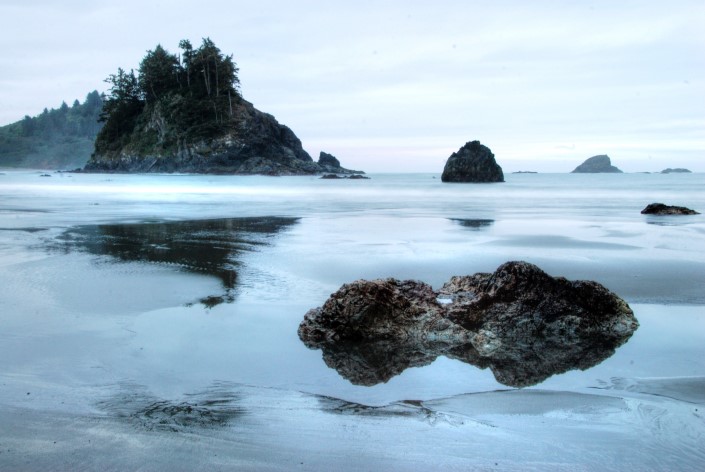
1 Comments




